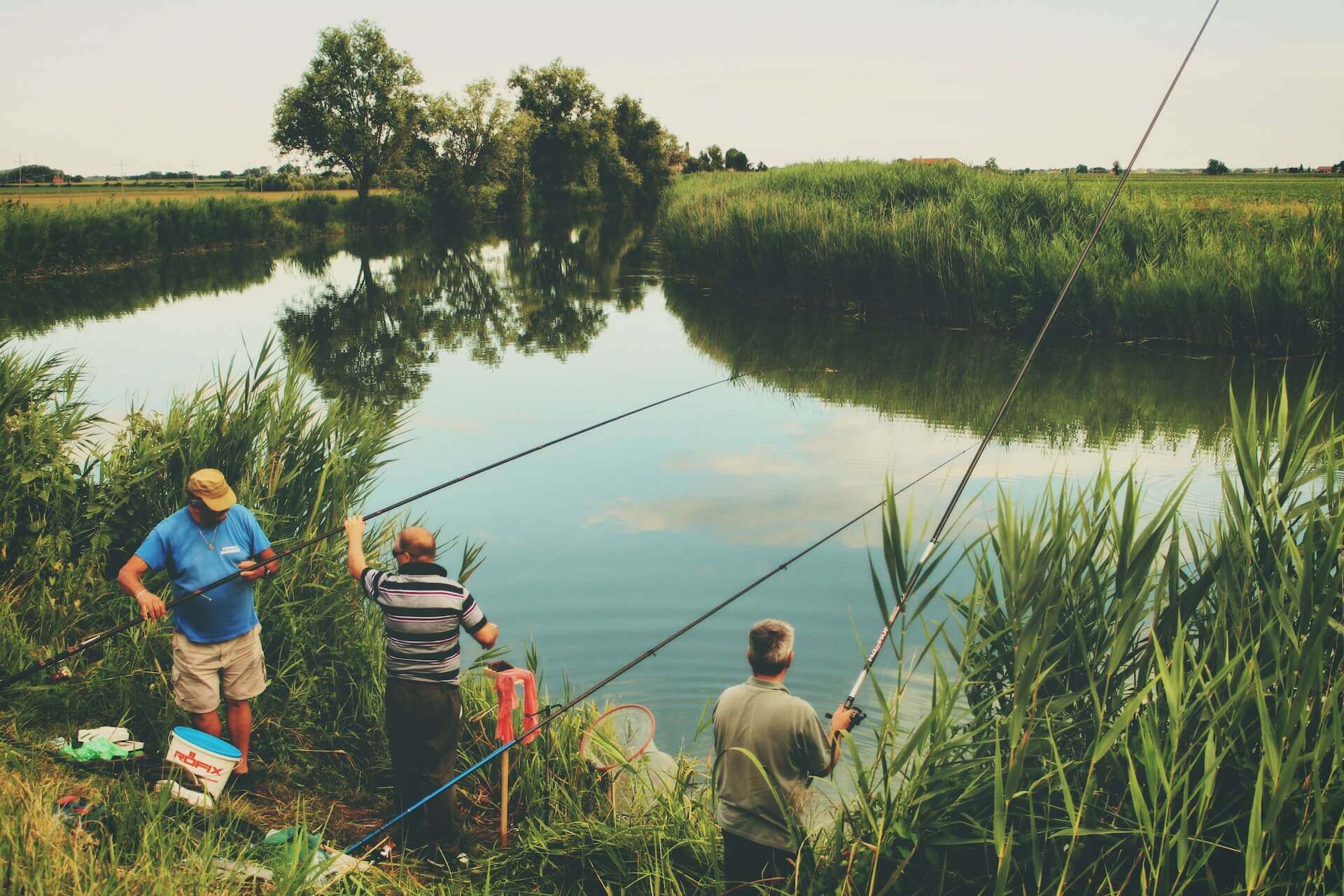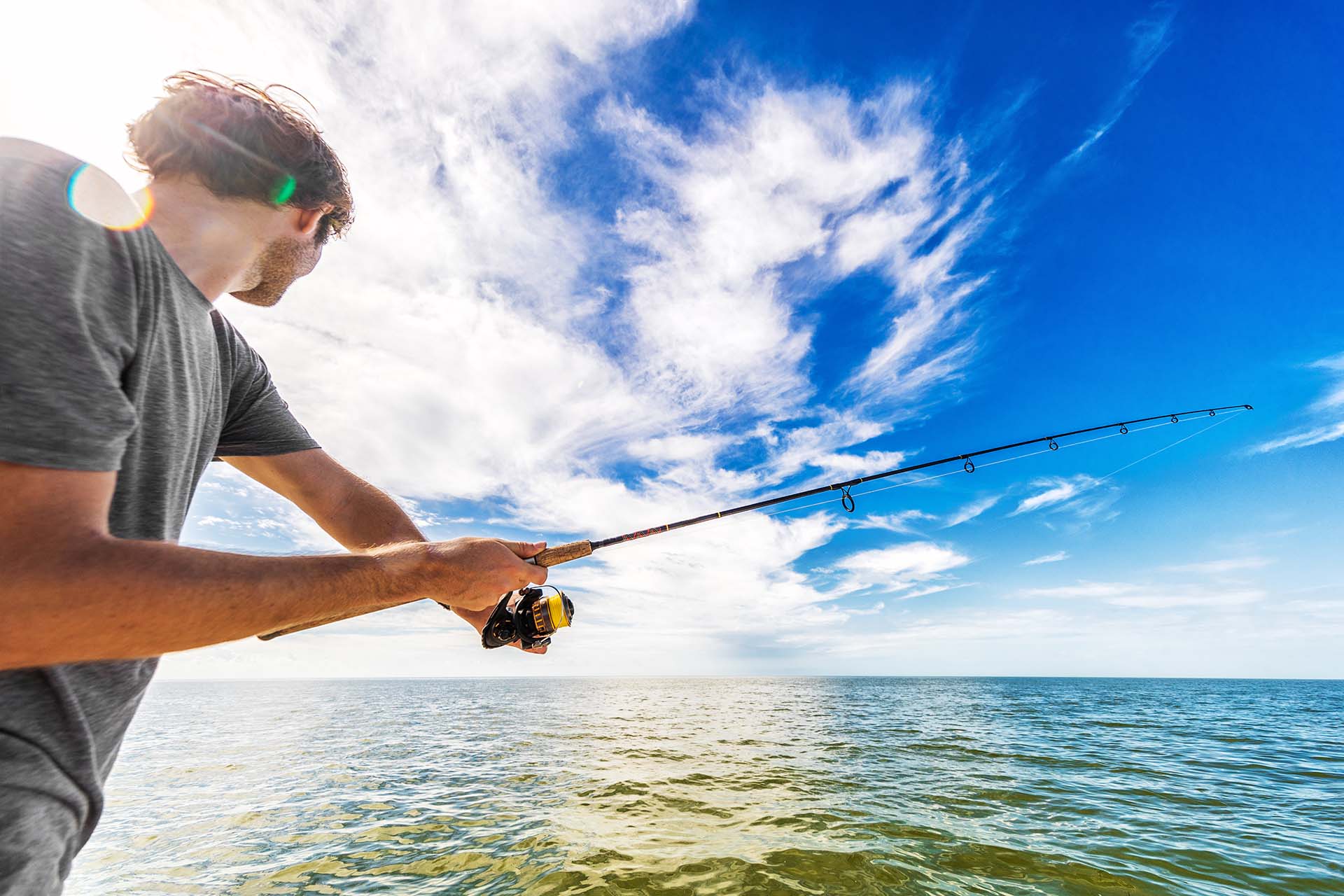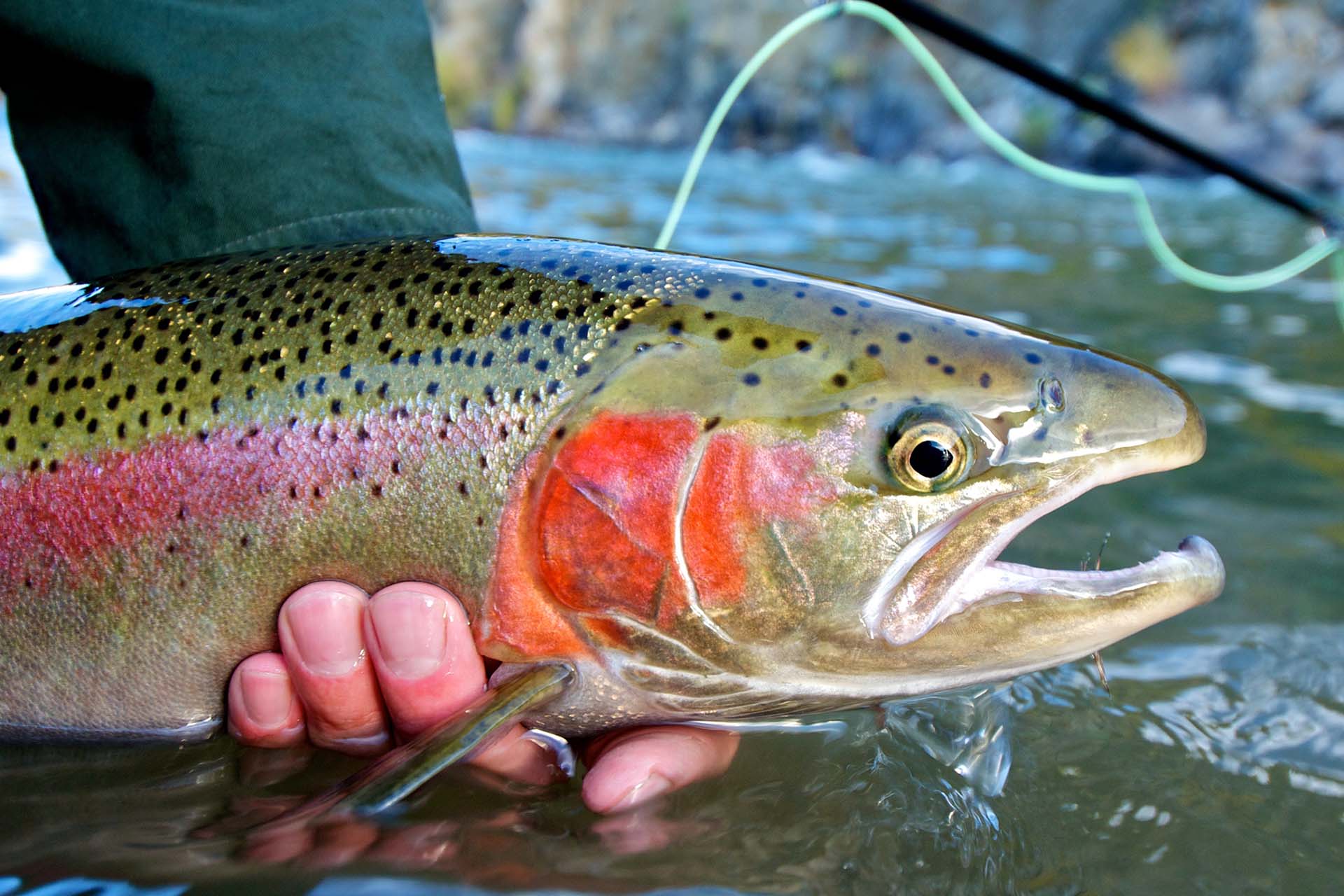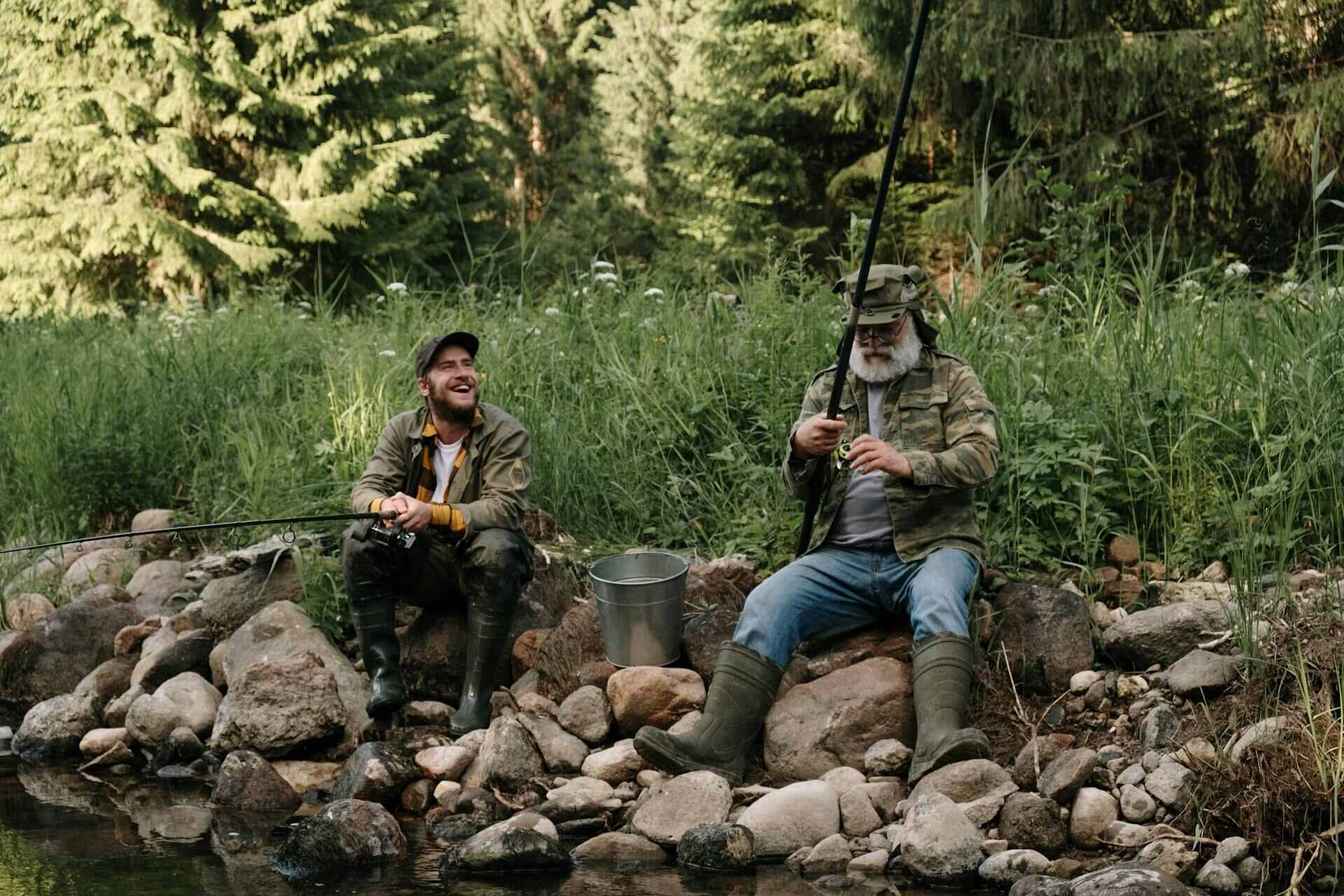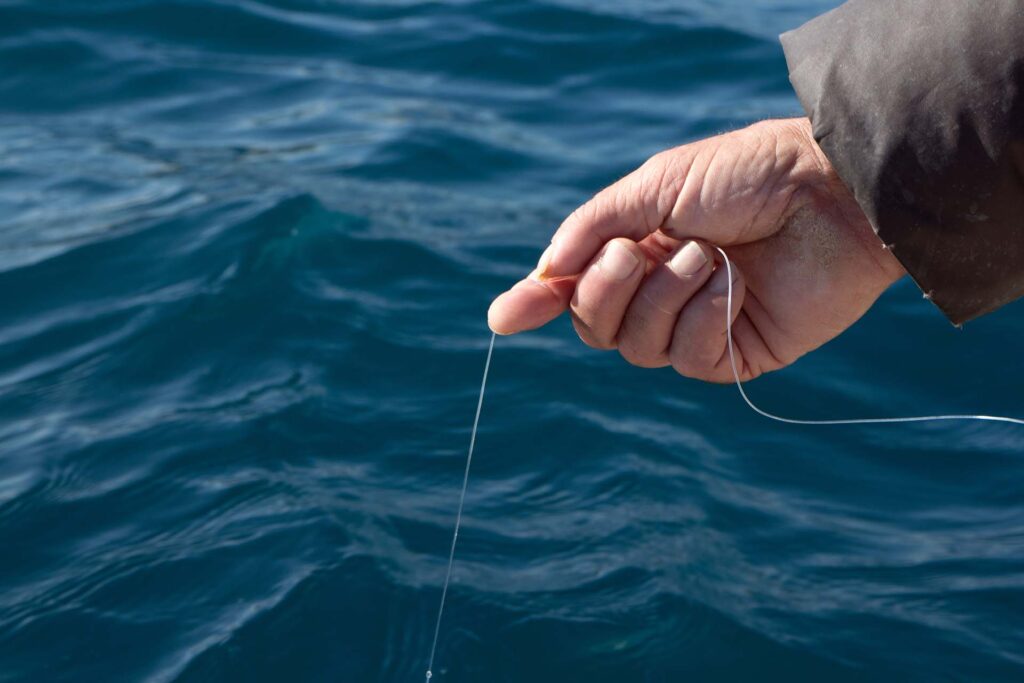Are you an avid fisherman looking to take your game to the next level by landing bigger, better fish? If so, learning how to catch fluke is the perfect next step in your journey. They’re fun to catch and can be incredibly rewarding when done right. But if you don’t know how to approach it, the whole ordeal can become frustrating quickly. So, let’s dive into some tips and tricks for catching this aquatic beast.
Learning how to catch a fluke starts with locating its preferred habitat, which is typically near coastal areas, estuaries, and tidal flats. Once you’ve found a suitable spot, you could employ a wide array of bait and lures, from squid strips to soft plastic swimbaits. No matter if you prefer drifting, jigging, or bouncing, by casting your bait near the bottom and retrieving it slowly, you’re imitating the natural movement of this fish’s prey and enticing them to strike.
What Kind of Fish Is a Fluke?
Fluke, commonly known as flounder, holds a unique position in the world of fishing, being an equally thrilling challenge to both beginner anglers and seasoned fishermen. Often found in nearshore waters, willing to take a wide range of baits and lures, these flatfish can be an ideal target for those learning the basics of fishing techniques.
However, that doesn’t mean that experienced anglers avoid the challenge that flounder fishing presents. The elusive nature of these fish, their ability to camouflage with the seabed, and their tendency to be highly selective about their prey sometimes require skilled techniques and extensive knowledge of their behavior.
What Distinctive Physical Features Does Flounder Have?
One of the most notable features of flounders is their flat, oval-shaped body, which allows them to lie perfectly camouflaged on the ocean floor. They have both eyes on one side of their body, while the other one remains blind and lacks pigmentation. Sure, it looks pretty bizarre, but this unique adaptation enables them to blend seamlessly with the sandy or muddy bottoms they inhabit.
What Kind of Habitats Does Fluke Prefer?
This unique saltwater fish can be found inhabiting a diverse range of coastal and estuarine habitats. As mentioned, they are primarily bottom-dwelling fish, often found in the muddy bottoms, although they may also frequent rocky substrates and seagrass beds.
Flounders are commonly encountered in shallow waters, such as bays, lagoons, and tidal flats, but they can also venture into deeper offshore regions. They prefer areas with moderate currents, as it aids their feeding behavior, and they’re well-adapted to a variety of salinity levels, allowing them to thrive in both freshwater and saltwater environments.
What Should You Know About Seasonal Patterns and Migration of Fluke?
Here’s an overview of fluke’s distinct migration behavior:
- Spring – migrate closer to shore and into shallow coastal areas for spawning,
- Summer – remain in shallow coastal areas for spawning and feeding,
- Fall – begin migration back to deeper waters, following prey and cooler temperatures,
- Winter – seek out suitable habitats in deeper waters for overwintering.
These fish tend to generally follow these seasonal patterns. However, their migration’s exact timing and extent can vary based on factors such as water temperature, food availability, and individual behavior. Moreover, they may display some degree of site fidelity, returning to familiar feeding grounds year after year.
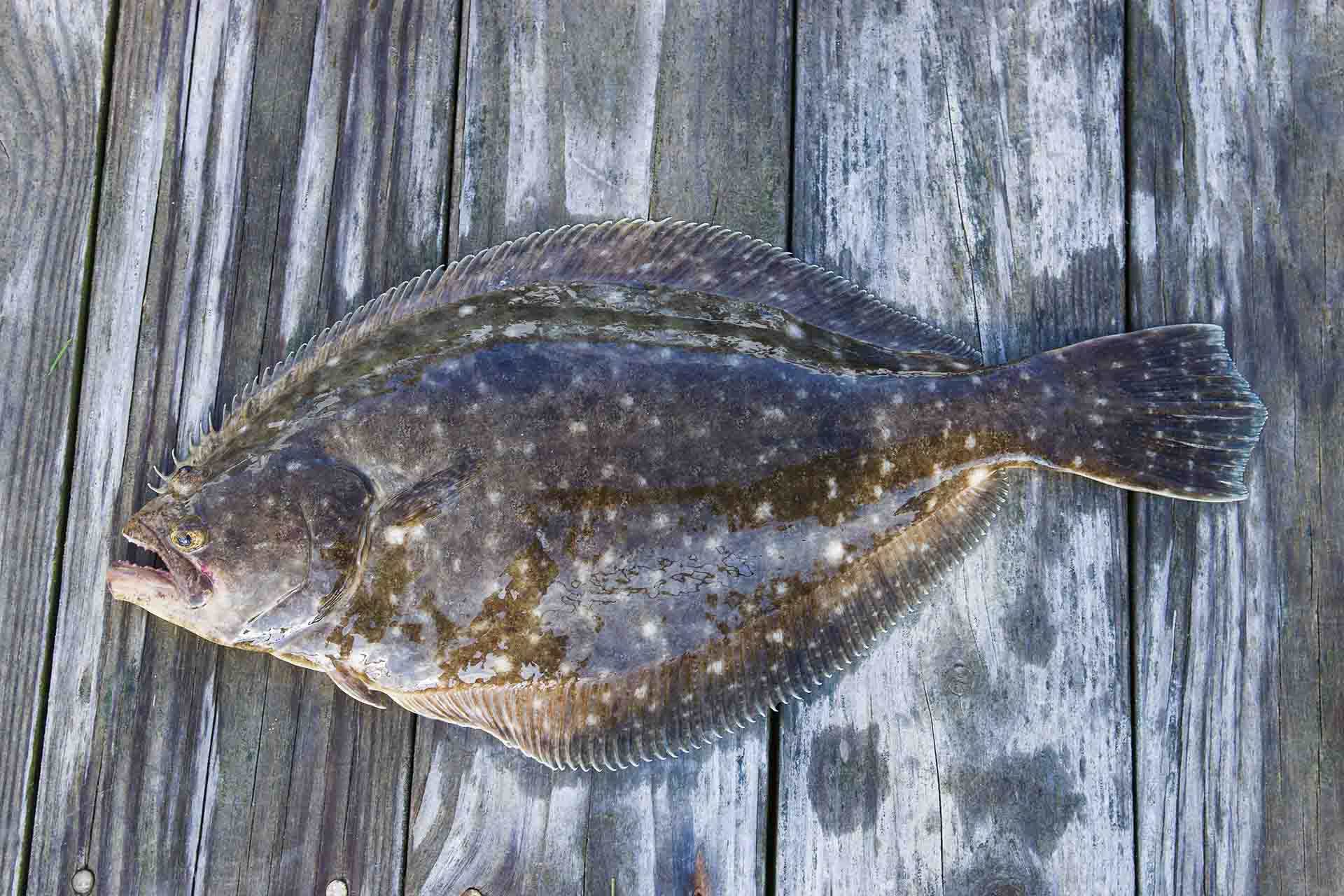
What Is Essential Equipment for Fluke Fishing?
Having the right equipment by your side is crucial, no matter what fish species you’re targeting. When it comes to flounder, the proper gear not only enhances your chances of hooking these elusive flatfish but also ensures a more enjoyable and efficient experience.
Must-Have Fishing Equipment
When it comes to the fishing rod, a light to medium-action spinning rod in the 6 to 7-foot range is recommended, as it provides the sensitivity needed to detect subtle bites while still offering enough strength to handle these larger fish. Pairing the fishing rod with a quality spinning reel like the Okuma Ceymar or the Daiwa BG allows for smooth line retrieval and better control during the fight.
Choosing the right fishing line is also essential, with braided or fluorocarbon lines being popular choices. Opt for a line weight of somewhere between 10 and 20 pounds, such as the SpiderWire Stealth Superline, to maximize sensitivity and reduce line visibility. As for the fish hooks, anything from 2/0 to 5/0 in size will work just fine and ensure a solid hook set.
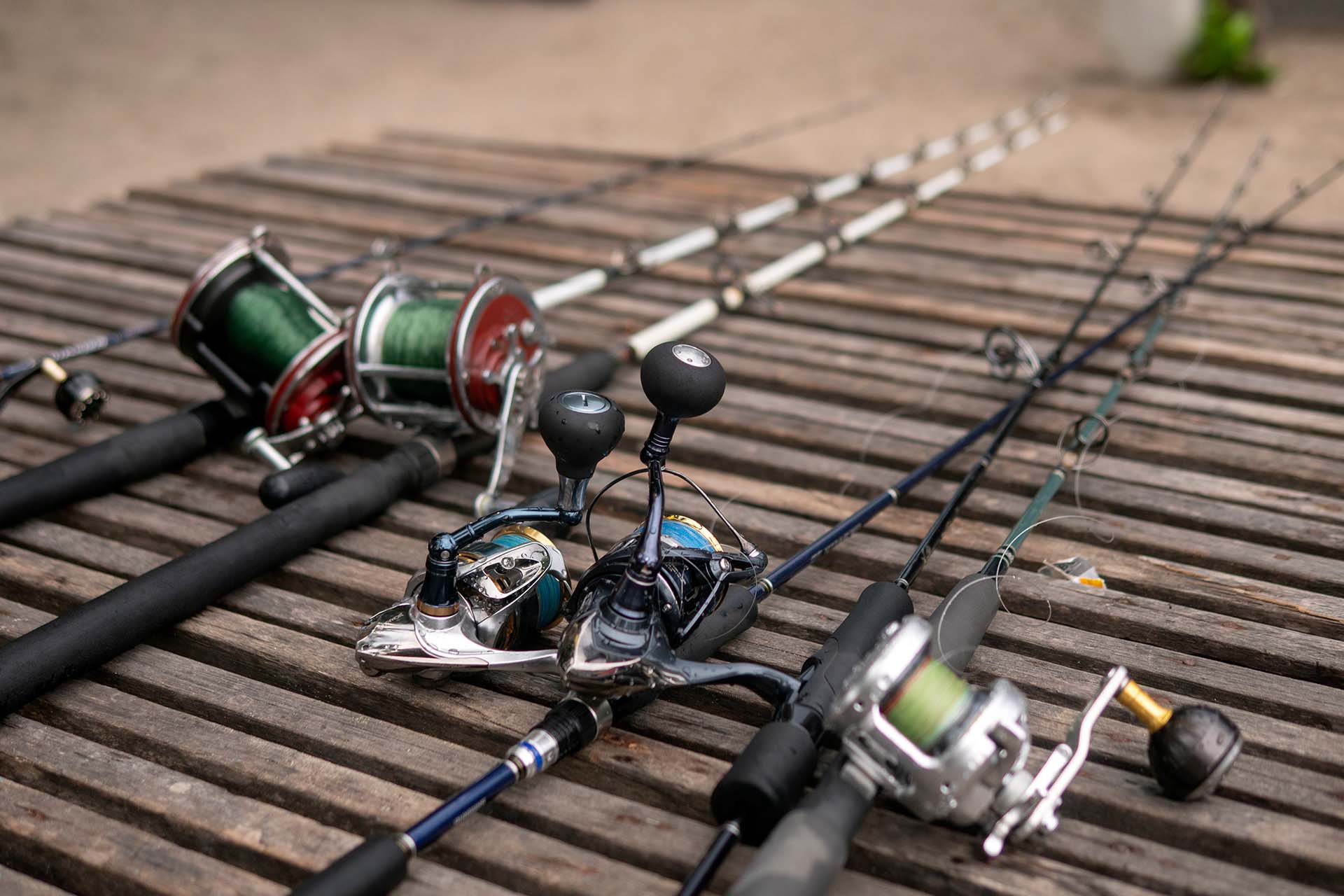
Consider Your Bait and Lure Selection
These flatfish can be selective feeders, so presenting them with the right offering greatly increases your chances of success. It’s essential to ensure the bait’s freshness and proper presentation by threading it onto a fish hook or using a teaser above the hook to create more movement and attract attention.
Choosing lures that match the size and color of the fluke’s forage can be particularly effective. All in all, experimenting with different options will allow you to find what works best on a given day and in various fishing conditions. So, don’t get discouraged – a healthy dose of trial and error is an integral part of the process.
What Are the Most Effective Bait and Lure Options for Attracting Fluke?
Although flounder seems to be a selective feeder in certain conditions, a wide range of bait and lures can be used to attract these elusive fish. Here is an overview of the best bait for fluke fishing:
| Type of Lure or Bait | Fishing Techniques | Description |
|---|---|---|
| Bucktail Jigs | Jigging, dragging | Jigging vertically or dragging them along the bottom with short, sharp movements |
| Plastic Swimbaits | Slow retrieve, jigging | Should be retrieved slowly, allowing them to mimic injured prey |
| Rigs with Teasers | Slow retrieve, drifting | Typically consist of a hook with a small, brightly colored lure above it |
| Squid Strips | Bottom fishing, drifting | Presented near the bottom, they emit an alluring scent and a lifelike appearance |
| Live Baitfish | Bottom fishing, drifting | Presented near the bottom, the natural movement and scent can attract flounder |
| Shrimp | Bottom fishing, drifting | Used in the same way as other live bait, it can be an especially effective method |
What Fishing Techniques Should You Employ?
When it comes to specific fishing styles that have proven themselves to be efficient methods to land some flounders, here are the most commonly used techniques:
Drifting
Employing drifting techniques allows anglers to cover a larger area, increasing the chances of encountering this fascinating fish species. It entails allowing the boat to drift naturally with the current while presenting bait or lures near the bottom. Also, taking advantage of the natural movements and behavior of flounder, which often wait in the sandy or muddy seabed, ready to ambush passing prey.
To successfully drift for flounder, it’s crucial to maintain contact with the bottom by using appropriate sinker weights and adjusting them based on the current and depth. This ensures that your bait or lure stays within the fluke’s strike zone.
Jigging
If you want to know how to catch fluke from shore, jigging might be the best way to do it, as it’s a versatile technique that allows you to make plenty of adjustments according to the conditions you’re fishing in. It involves using a jig, typically a bucktail jig, to imitate the movements of baitfish and entice flounder to strike.
When jigging, it’s important to target their preferred habitat, such as sandy or muddy bottoms near structures like jetties, piers, or reefs. Cast your jig out and let it sink all the way to the bottom, then begin retrieving it with sharp, upward jerks followed by controlled descents, mimicking the darting motion of injured prey. Varying the speed and depth of your jigging can additionally help in triggering flounder strikes – just make sure you’re paying attention to any subtle taps or weight changes.
Bouncing
Bouncing is another popular technique used to catch flounder, particularly when fishing from a boat. It’s similar to jigging, as it involves bouncing a bait or lure along the bottom to imitate the movement of the fluke’s prey and entice them to strike.
To employ this method, anglers use a sinker or jig head heavy enough to maintain contact with the seabed while keeping the bait or lure slightly above it. The key is to lift the fishing rod tip and then let it drop, allowing the bait to bounce along the bottom, all while maintaining a steady rhythm and keeping the bouncing motion consistent.
What Are the Fluke Fishing Hotspots?
Identifying fluke-rich areas can vary depending on the region, but there are a few general methods on how to find fluke hotspots. One effective approach is to search for structures such as jetties, piers, reefs, or submerged rocks, as flounder often gather near these areas to ambush prey.
Another method is to target areas with sandy or muddy bottoms, as these habitats provide ideal camouflage for flounder. Also, estuaries and tidal flats are known to be rich feeding grounds for this species, so they can be great areas to try out your luck in.
Monitoring Water Temperature Is Also Important
Flounders are known to be temperature-sensitive fish and have preferred ranges in which they are more active and likely to feed. During the warmer months, they tend to be more active in shallower waters, but as the temperature drops, they migrate to deeper and warmer areas to overwinter.
Because of these seasonal patterns, understanding the optimal temperature range for this fish can help you narrow down your hunt. You can even use a handheld or boat-mounted temperature gauge, as it will help you measure the water temperature at various depths to help you identify where this creature might be lurking.
When in Doubt – Use a Fish Finder for Help
Fish finders are also a valuable tool for anglers looking to locate specific fish, as these devices use sonar technology to create detailed underwater images, allowing you to identify structures, locate schools of fish, and determine the depth of the water.
Reading Tide Charts Can Also Come in Handy
Knowing how to read tide charts can also be beneficial for your fishing trip. Start by identifying the area for which you need tide information, then look for the date and find the corresponding time column. The chart will display the high and low tide times and their corresponding heights.
It’s best to look for the times when the tide is transitioning from low to high or vice versa, as these periods are often productive for fishing. Additionally, pay attention to any tide-related phenomena, such as outgoing or incoming tides, slack tides, or tidal currents, as these can affect fishing conditions.
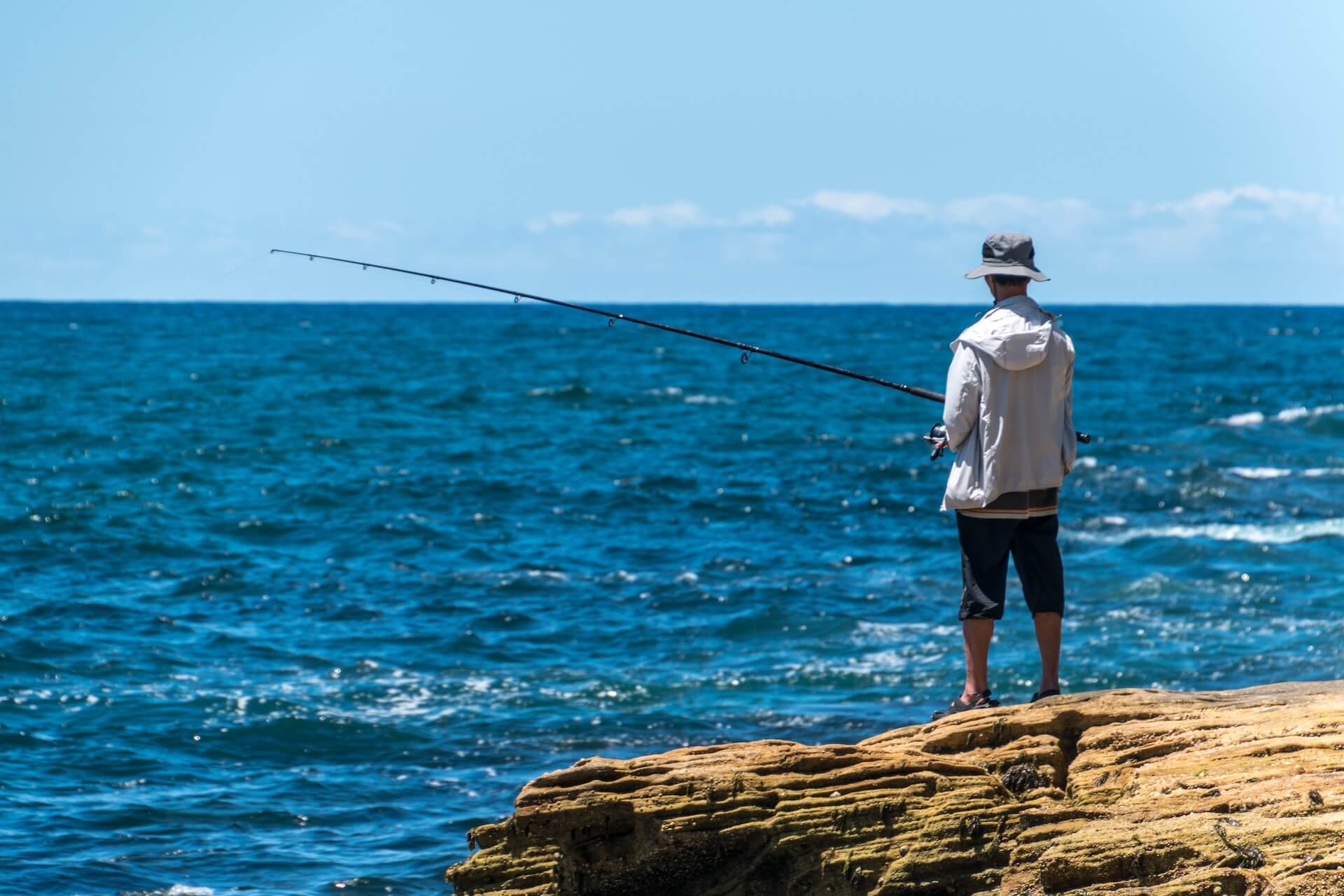
Learn How to Catch Fluke and Enjoy Your Adventure
There you have it – the ultimate guide on how to catch these fascinating beasts. With the right gear, bait, and a bit of knowledge, you should be able to increase your chances considerably. So don’t hesitate – now’s the perfect time for you to head out and give a shot at landing an impressive catch. Don’t forget to take home something for dinner too!


